One of the most popular goldfish breeds is the Oranda Red Cap. Its name is a Japanese corruption of the word for “Dutchman”, because the first Orandas came to Japan via a Dutch trading post in 1800; however, the animals were bred in China. The hood, called “wen” in technical jargon, is – technically speaking – a fat growth, as it occurs in nature, for example, in the minnow species Pimephales promelas. “High heads” are so particularly popular in Asia because the Chinese god of longevity (shou xing gong) is depicted with an elongated head.
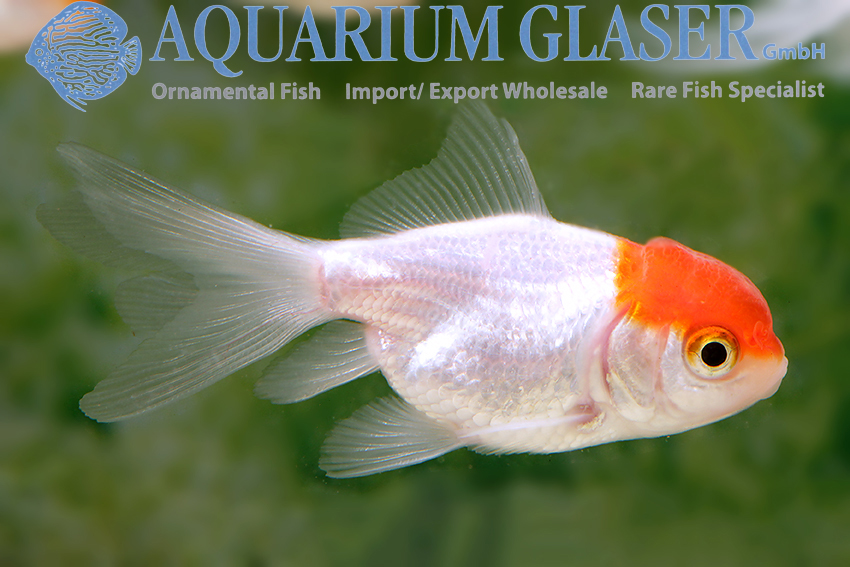
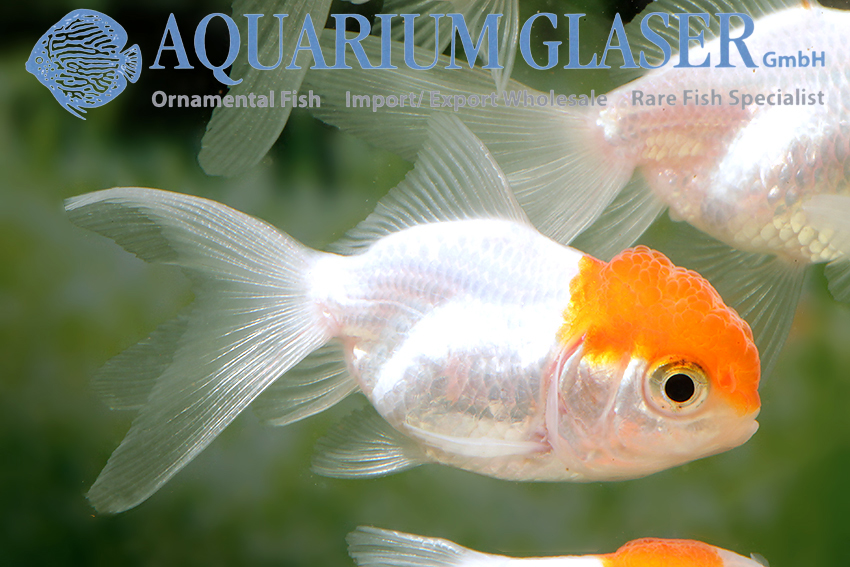
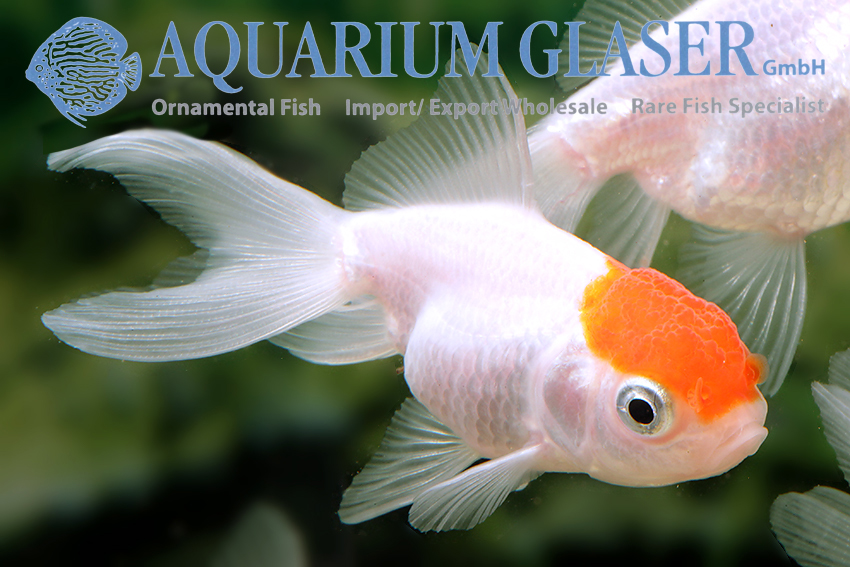
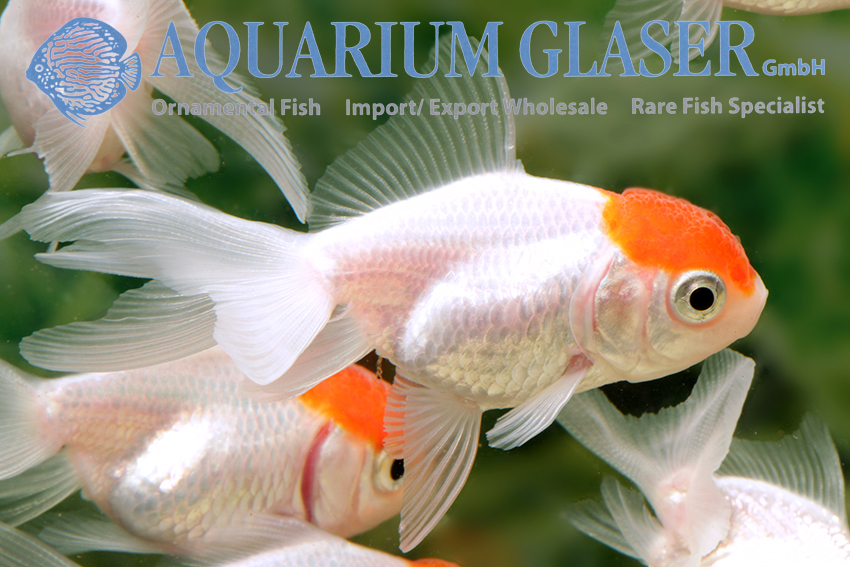
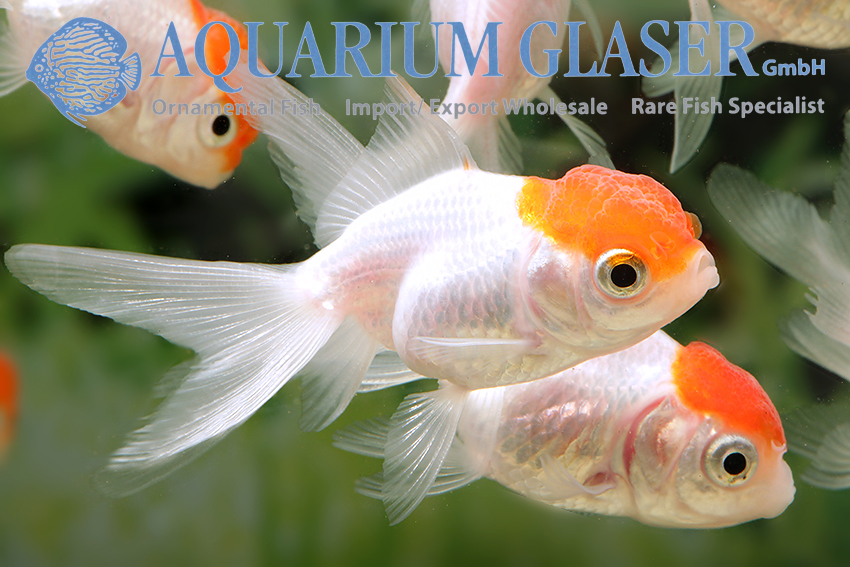
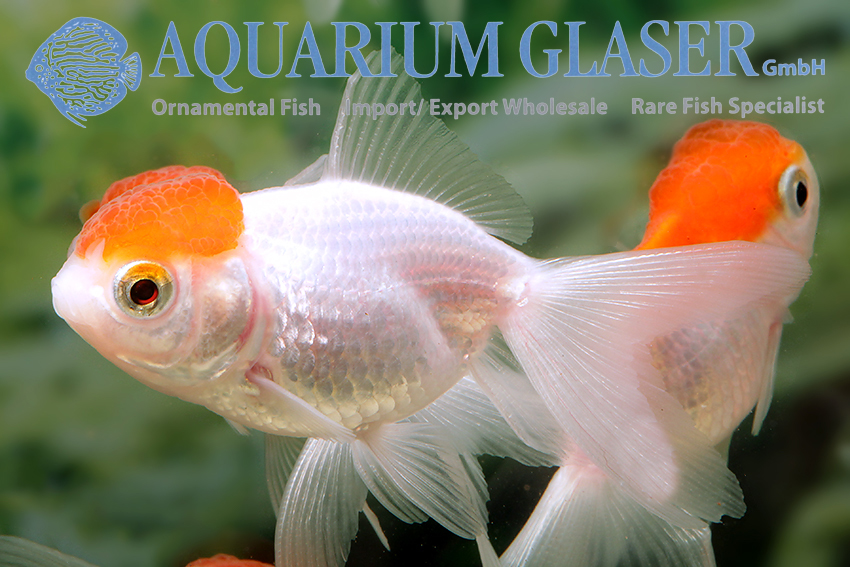
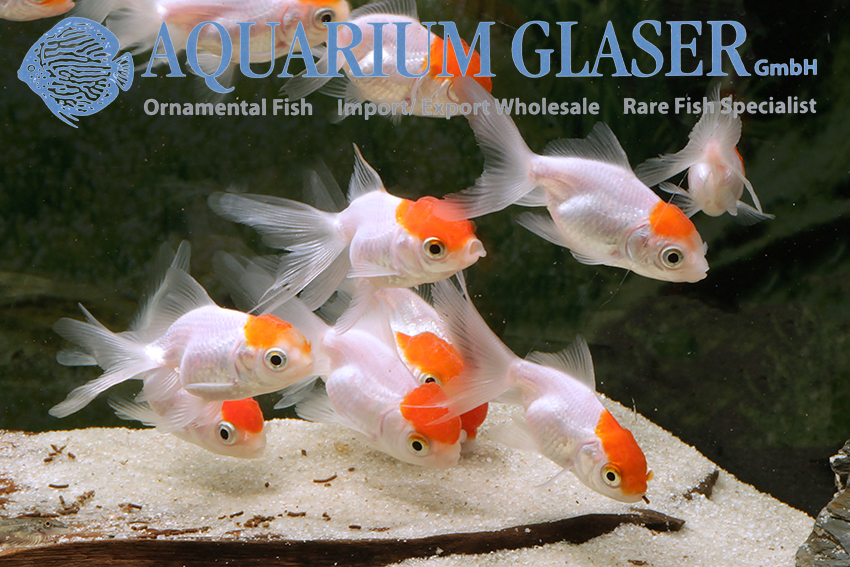
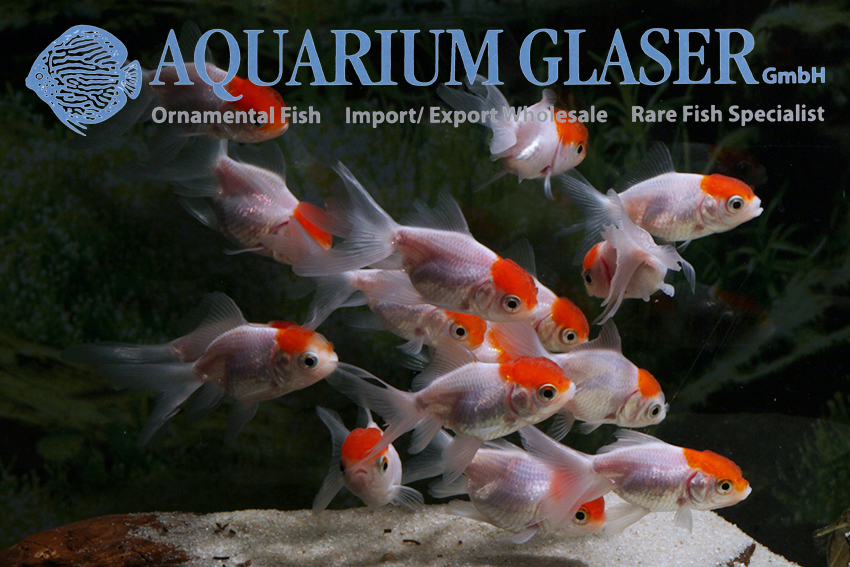
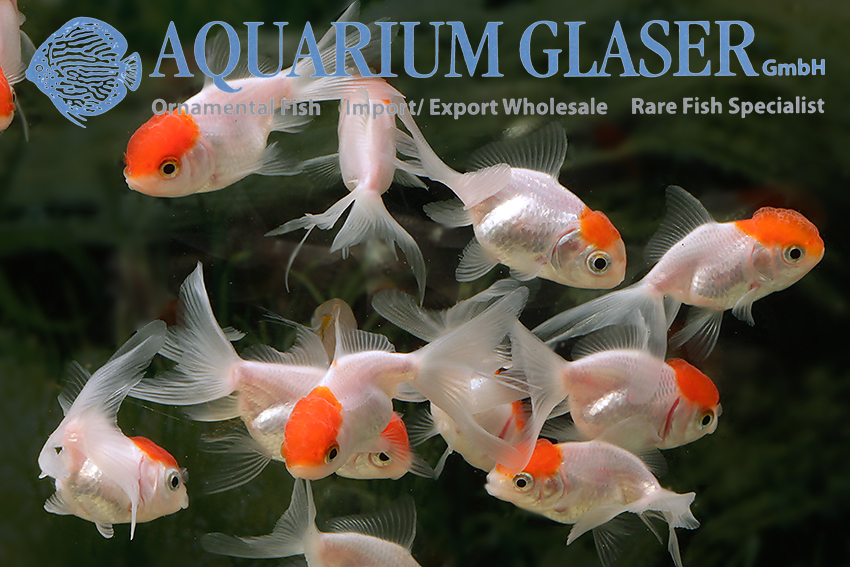
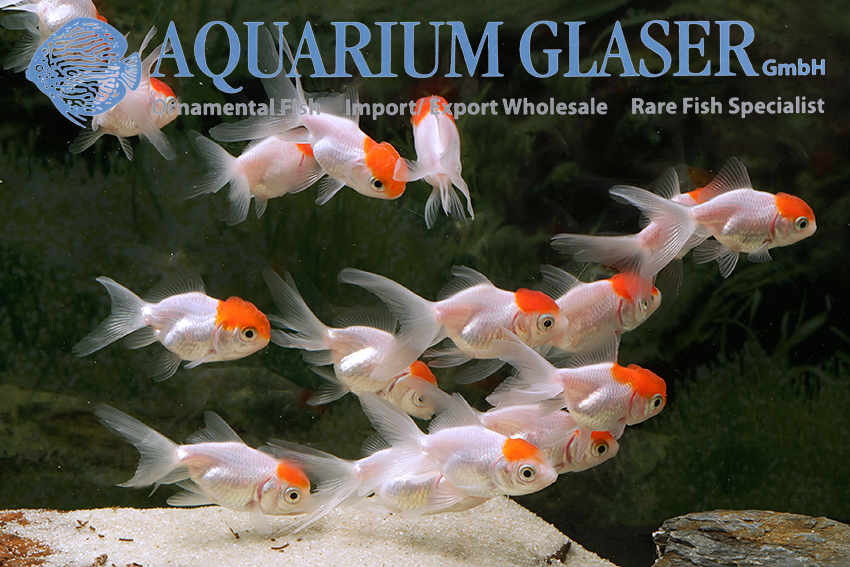
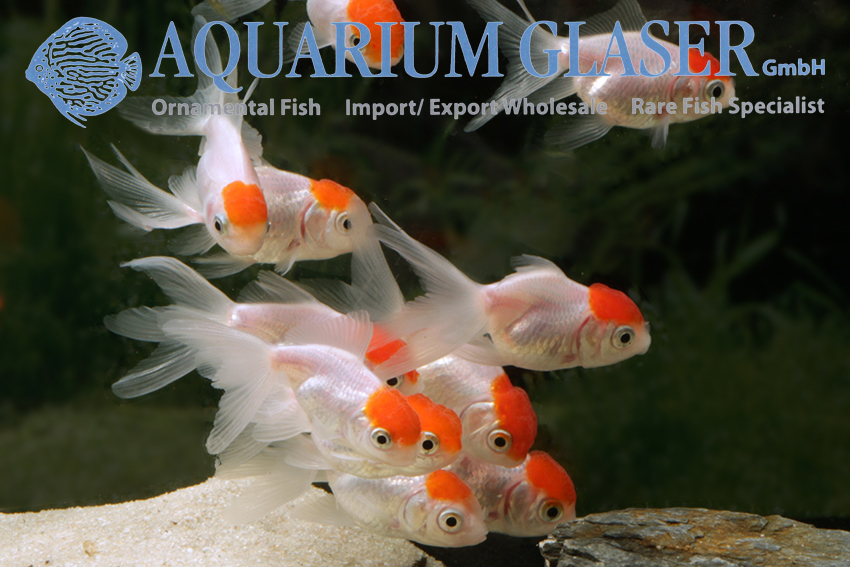
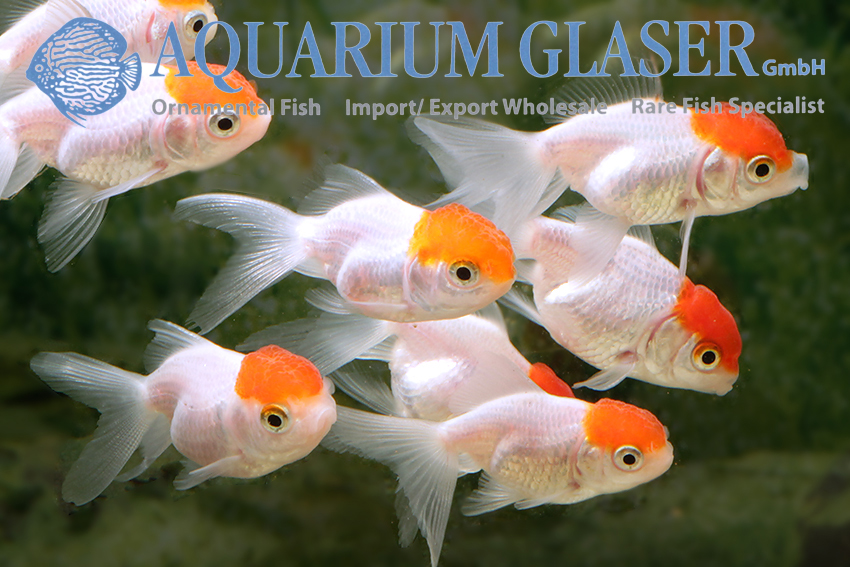
Everything about the goldfish is symbolism. The coloration of the Oranda Red Cap reminds Asian enthusiasts of the crane with its red head plate, and the crane in turn is another symbol of longevity. It is believed that this breeding form originated around 1590. The ideal “Tancho” should have a compact hood, as high as possible, which does not reach the eye or mouth. A red ring around the eye is desirable. The body should be compact and silvery white in color, and the caudal fin should be large and as long as the body. Because of the huge genome of the goldfish, it is impossible to manifest the ideal form by breeding. Therefore, only a few individuals out of thousands are top animals.
In Europe, it is childhood memories that these fish awaken in people receptive to them. As the German name “Rotkäppchen-Oranda” says: the Brothers Grimm, whose folk tales have become general cultural heritage, cause associations to the fairy tale of Little Red Riding Hood when we see Red Cap Oranda.The compact goldfish breeding forms with their spherical head and the relatively large googly eyes also correspond to the so-called Kindchenschema, which arouses affection and protective instincts in humans. The colors red and white are festive colors, especially now, at Christmas time.
Like all goldfish, these animals are gregarious and should be kept in a troop. The temperature of the water may be in the range of 10-30°C, admittedly sudden temperature changes should be strictly avoided. Part of the substrate must consist of fine sand, because all goldfish like to dig. Vegetable food – preferably duckweed – should not be missing on the menu, which otherwise may consist of dry and frozen food. Usually this breeding form reaches a body length (without fins) of about 15 cm, so it needs a corresponding water volume, because goldfish eat a lot. Year-round garden pond keeping is rarely possible in our latitudes, and in any case requires years of adaptation and careful observation of the animals. Keep in mind that many goldfish nowadays are bred in tropical areas where the water temperature hardly ever drops below 20°C.
For our customers: the animals have code 814501 on our stock list. Please note that we only supply wholesale.
Text & photos: Frank Schäfer




